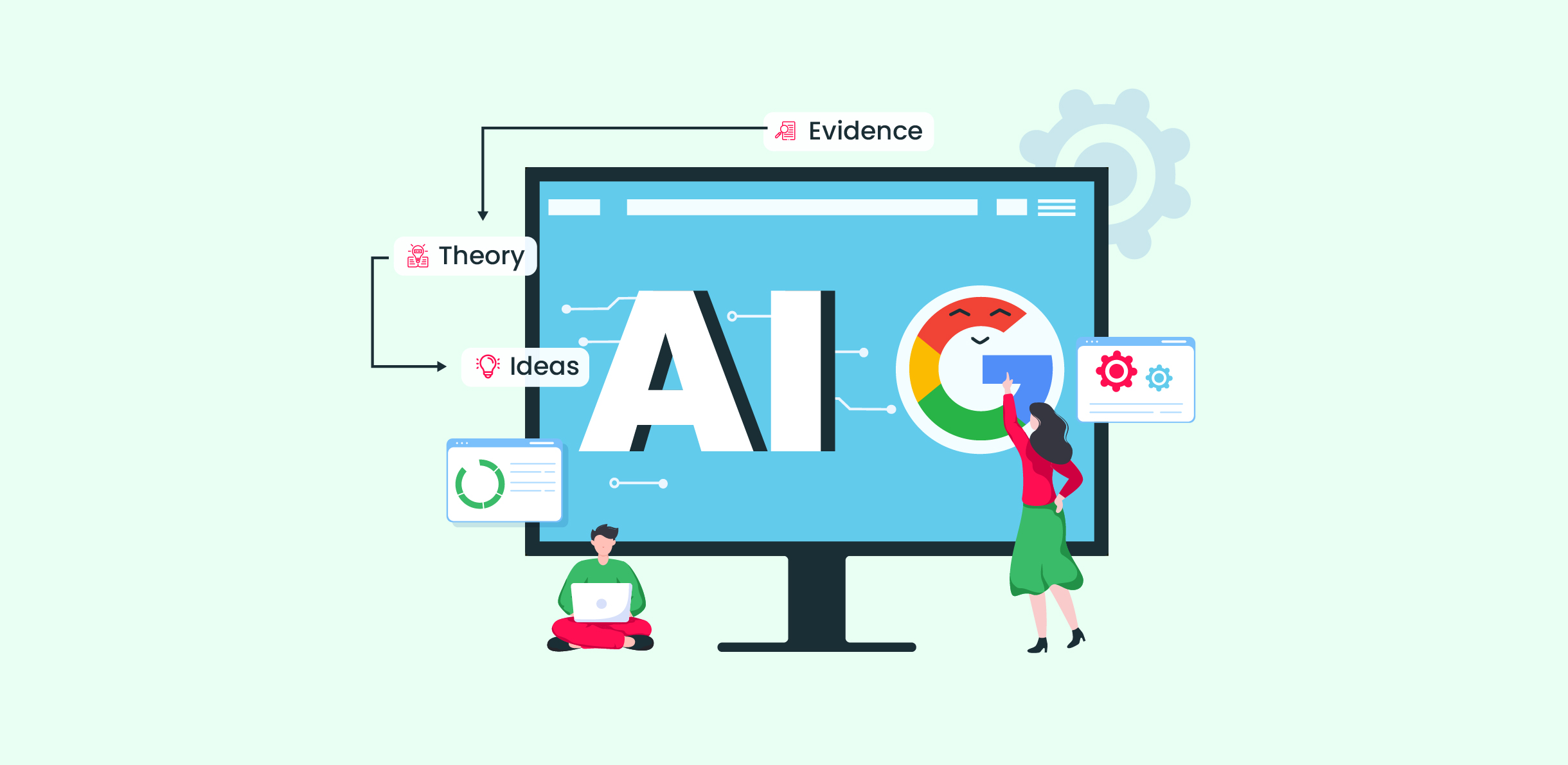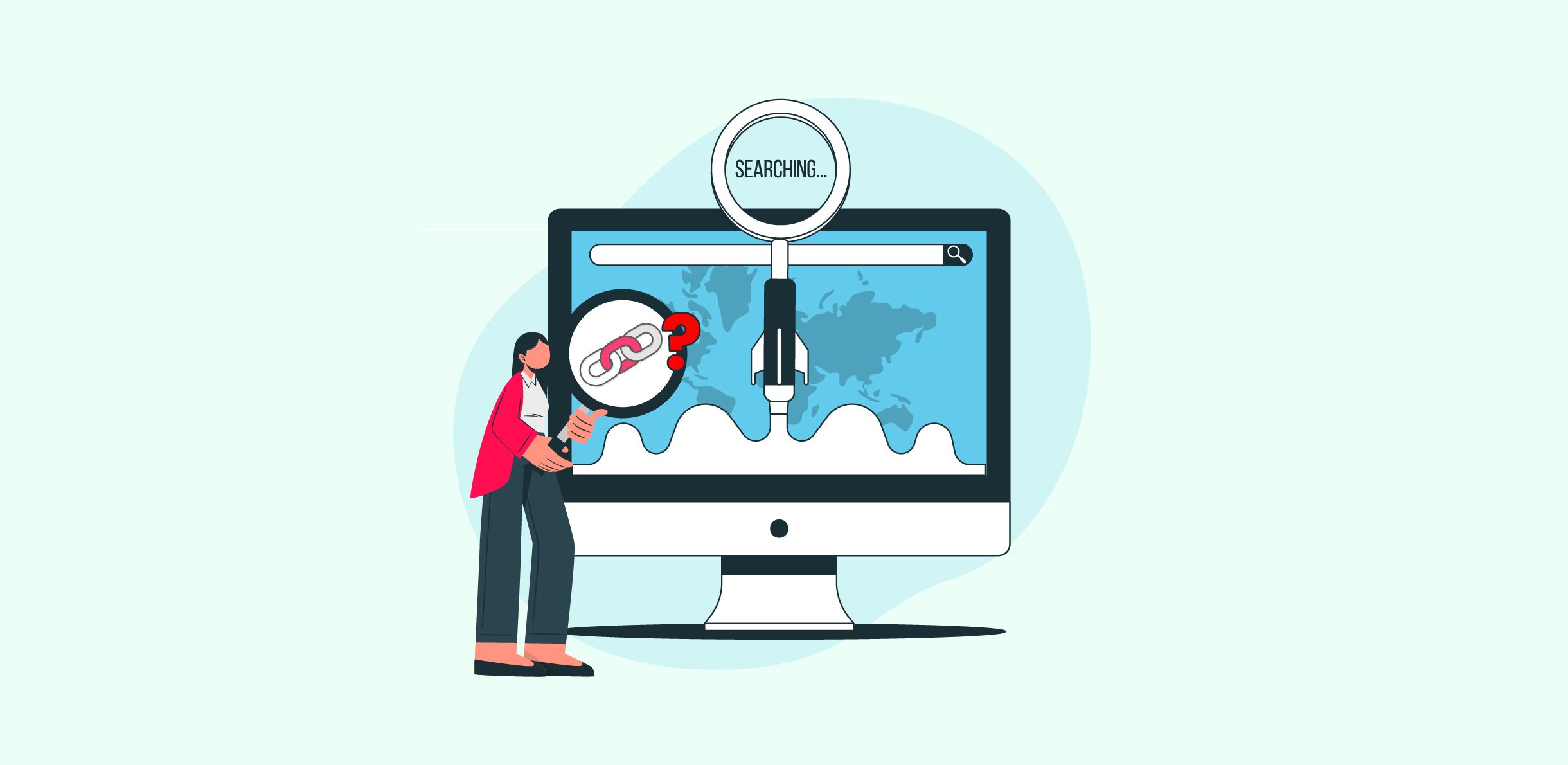Importance of Visual Assets in Your Link Building Campaign
When it comes to marketing, there is no better way to make sure your campaign is a success than by utilizing images wherever possible. This applies to link building campaigns as well. If you are still not convinced about the importance of visual assets for your next link building campaign, see what you have been missing out on all this time.
Images vs. Text in Marketing – The Facts
You have to consider the fact that the human brain processes images much faster than text, 60,000 times faster, to be more precise. Since the written word has not been around for as long as pictorials, it should not come as a surprise that users find content with visuals more interesting and engaging. To put things into perspective, Twitter gets 5 times more engagement from content with images than those without. Additionally, content with images gets a staggering 94% more views too.
Finding the Right Images for Specific Content
When you utilize relevant images, it will complement your content. Essentially, it can be used to support a point you are trying to make. The last thing you want to do is to select an image that is nothing more than filler. Not only will such images seem out of place, but they will not add any value to your content.
What you ought to be doing is to come up with ideas regarding what you want to communicate to the reader. Then find images that will reflect what you are trying to communicate in the first place.
The visuals should also be relatable to your brand. This way, people will find it easier to connect the two. For instance, certain color schemes can be used to personalize images, so much so people will begin to identify them with your brand.
What Images to Use for Your Content?
To enhance your content, you can rely on quite a few visual representations, which are as follows:
- Pictures
These can include pictures of products, customers, or real personnel. Customers like to see images of people to feel connected to the content they are going through. However, do keep in mind that images of real people are preferred over stock images. - Videos
These days, videos are quickly becoming increasingly popular over all other types of content. Make sure you utilize them as often as you can. - Infographics
With infographics, you can tell a visual story, the kind that represents data and statistics to support an opinion.
Choosing the Right Visuals for Your Content
When it comes to choosing the right images for your content does not have to be difficult. To make the right choice, here are a few guidelines for your consideration:
- Determine the kind of stories you want to tell your audience
- Identify the type of images that will attract readers to your content
- Find images that work well with your brand identity
Images encourage readers to interact with your content. This makes it absolutely necessary for you to understand how and which visuals make it easier for you to make the right choices for your site, help you reach your marketing goals and increases growth for your organization as a whole.
How many Visuals should be Integrated?
There is no specific formula that can be applied to determine how many visuals should be enough. But there are a few guidelines to keep in mind to ensure you are making an informed decision; they are as follows:
- Do your visuals add value to your content?
- Do your visuals convey the right message?
- Do you need a visual at the top of your content to attract readers?
- Does each visual align with your brand identity?
Building Links with Visual Content
Even though you now have a better understanding of how images can make your content more engaging, you may still not be sure about how you can build links with visual content. A link building service can do wonders for your website. To make this happen, here is what you need to do:
-
- Own the Ultimate Blog for Visuals in your Niche
Of course, you can always use stock images to save time, but you can open a world of new possibilities by using original images. You will need to invest time and money to create images that cater to specific keywords. These could be in the form of infographics, photographs, or even memes. If you play your cards right, you will create a massive library of images. Eventually, you could own the ultimate blog for visuals. But before you go about creating such a library of images, make sure you do your keyword research.When it comes to keyword research, look for terms your audience searches for day in and day out. But don’t stop there; identify commonly used keywords used by influencers and bloggers to look for images. To make this possible, here is what you need to do:- Identify all those players that operate in your niche. Examine their sites.
- Crawl these sites using tools like Screaming Frog.
- Use the filter in the tool to restrict your search for images.
- When you get what you need, export all image links so that you can analyze their alt text to find patterns you can benefit from.
You may notice that most publishers don’t display images using external links. They will instead host them on their own site. In this case, they will have an image credit link, but it will not be embedded with the HTML, like the image itself. This makes identifying image credit links difficult, but that does not mean you are out for the count.
What you need to do is to crawl these sites for their internal images. You can get a few ideas by analyzing their image alts. For instance, you will be able to determine what their visual content focuses on.
To kick things up a notch, you can also resort to crawling all external links. You should also export the anchor text. This information, along with the image alt data you mined, will give you a better idea of what keywords you should be targeting when it comes to visual content.
Remember, before you go any further, you should test your keywords using Google Keyword Planner to verify their volume. You have to understand that not every keyword will require a massive search volume, as your only goal is to target keywords used by bloggers and not every internet user in general.
- Allow Bloggers to Copy your Images
- Own the Ultimate Blog for Visuals in your Niche
You may be proud of the pictures you have on hand, but don’t go overboard. You need to realize that it is important to make it easy for bloggers to copy your images. But that is not all; you need to make sure they give you credit with as minimum effort as possible.
Once you know your way around visual content, you can have your very own stock photo page on your website. This database will give people easy access to your images along with their embed codes.
In order for this to work, you have an interesting title with keywords that bloggers search for. This includes like keywords like “frees stock photos” and so on. Combine these keywords with niche keywords, and you will see bloggers flocking to your website. To target more specific keywords, always include image labels and image alt.
To fully benefit from original images, integrate embed codes. This will make it easier for others to use your images more than once, all the while giving you credit for it.
- Reach Out to Build Links with Visual Content
If your images successfully end up appearing on Google Images, then there is a chance that people are using them to give you credit. This translates to missing out on linking opportunities. Fortunately, this can be fixed with the help of Google Images. All you need to do is reverse-search all your images to identify sites where they are being used. To do a reverse search, access Google Images and select the camera icon. Simply upload an image or paste its URL, whichever you prefer, and then click “Search by Image.” From here, click “Pages that include matching images.” Here, make sure the listed pages are using your images. If they are, feel free to contact the site’s webmaster to ask them to link your image with a credit link. If and when your visual content games get strong, you can consider automating the entire process. There are numerous sites online that give you the ability to reverse search images quickly and after some time on its own.In most cases, people do not give credit because they did not know they had to do so. If you ask nicely, they will be more than happy to oblige. This way, you can secure more links to your website than you could have ever before.







